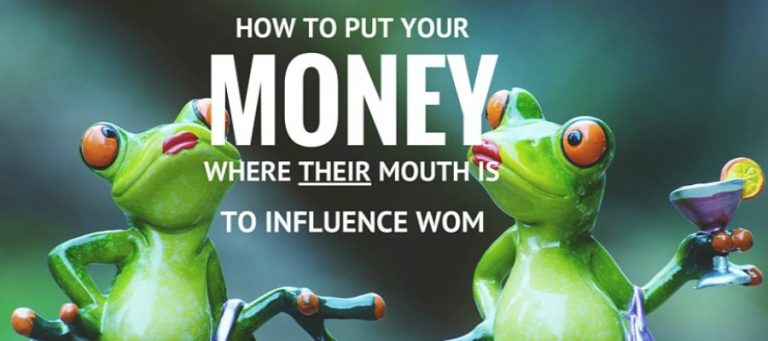The Best Practical Advice You’ll Get About Crafting A Better Brand Narrative
Creating a “compelling brand narrative” sure sounds good, but isn’t quite as easy to do as it sounds.
It’s not that you don’t have a story. Every brand has one. And that story should show up in every aspect of your business, from your logo design to product packaging. Website copy to social media content. Even within the fabric of your company culture.
But wrenching that story out in such a way that it connects with your audience can be a challenge.
Not because you don’t believe in what you do. But because it’s hard to articulate what you do and why you do it with a level of transparency and authenticity that is appreciated by today’s marketplace.
Marketing is experiencing a shift
While the foundation of marketing has not changed, it’s delivery is shifting. We’ve moved away from loud one-way messaging that shouts at audiences, to that of storytelling that nurtures them. Brands are taking a closer look at all the data that marketers are now able to collect in search of the human element that they can use to create brand stories that resonate on a more personal level with consumers.
These two examples come to mind:
Starbucks
This brand has always been about more than just coffee. In the book, It’s Not About The Coffee, author and former President of Starbucks International Howard Behar talks about the culture of the brand and its emphasis on people over profits.
While known for its people, culture, and recent failed attempts at starting a “conversation,” Starbucks is also known for the Siren, or mermaid. They’ve recently abandoned printing their name on packaging in favor of prominently placing their iconic mermaid front and center.
Why the change? Because for Starbucks, the brand symbol is more than a mystical creature that tames the coffee gods. There’s a story behind why she’s there. And that story shows up every time you engage with that brand.
Warby Parker
Once primarily sold online, retail locations have been popping up in select cities, including here in Nashville. And to walk into one of these stores puts you smack dab in the middle of the relevancy of their brand story.
This “B-corp” lives out its brand story as told on its website and demonstrated through company culture and real-time engagement in its stores. They deliver on their brand promise, one pair of glasses at a time.
Consumers crave stories, so craft your brand narrative
It’s becoming increasingly apparent that consumers crave stories. Facts and figures may go a long way to build credibility, but consumers are first drawn to a brand because it connects with them on a personal level, so much that they want to pay attention.
And you, too, can craft a narrative for your brand.
In a nutshell, here’s how
Just as you did in school, when crafting your brand story, you’ll need to draft the beginning, middle, and the end. Consider who, what, when, where, why and how.
In the beginning, describe where you story starts and who was involved. Was it you and a college buddy toying around with spare parts in the garage. Or were you whipping up hair care products in a mixing bowl while the kids slept?
The middle should describe the conflict; the tipping point that led you to where you are. Were you fed up with overpriced eyewear or tired of ill-fitting shapewear?
This journey takes your reader down the road that ultimately leads to the end of the story – the happily ever after – that that you live out every day.
Chances are, as you travel down this road, your audience is seeing themselves in that story. And when you win, so do they.





